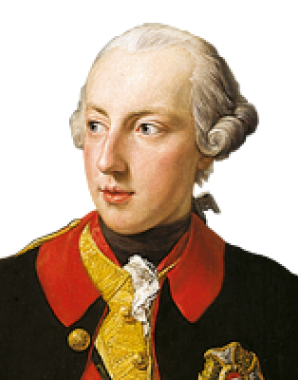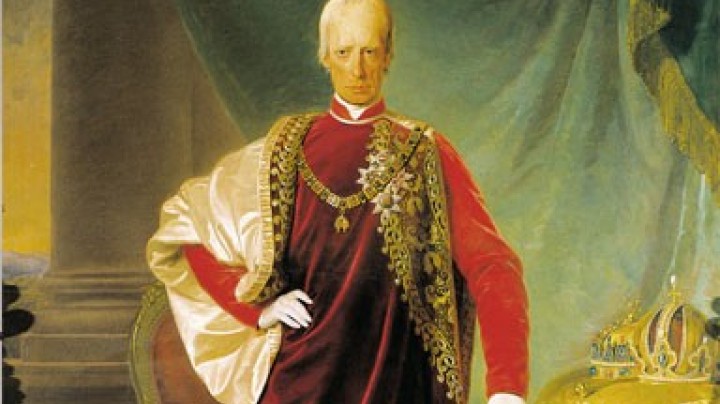Who is overseeing whom? – The bureaucratic state of Joseph II
Joseph II sought to achieve total control over his subjects with a well-contrived system of central administration. However, this total supervision also promoted subversive infiltration of the system.
Care for the welfare of subjects became the guiding principle of Maria Theresa and Joseph II. In place of a baroque and self-aggrandizing ethos of domination, the needs of society would be precisely controlled, regulated and directed by means of a central administration. Based on the model of Frederick II of Prussia, comprehensive administrative reforms were also introduced in the Habsburg Monarchy. The Court Offices with their 13 departments headed the administrative system. Each of these departments was headed by an Aulic Councillor (Hofrat) – this is the only title from the Monarchy that is still awarded (in an honorary capacity) in present-day Austria. In addition authorities were created at provincial and district levels. Through a central judicature it was intended to eliminate the multifarious and arbitrary administration of justice and put an end to the differing legal status of nobles and commoners. A uniform set of legal steps, with appeal and review courts, were intended to provide equal treatment for all state subjects. To prevent bribery, judges were remunerated from public funds. From 1773 public servants also received fixed salaries, in place of the previous system where they had been paid according to the amount of revenue they brought in. Joseph II believed that this would eliminate any independent action on the part of public servants. To leave nothing to chance the Emperor also arranged supervision of his public servants. Any peculiar behaviour within the bureaucracy was recorded in secret conduct lists. This increased control led to counter-strategies on the part of the public servants: the well-known ‘passing of documents’ from one office to the next was a result of the burden of responsibility imposed by the state. District governors, on the other hand, tolerated gifts, with which they were able to improve their poor salaries, fixed by the state. These examples show that it was almost impossible to realize a totalitarian central supervisory system in the Monarchy. In conjunction with the ties of loyalty to the dynasty, the ‘nationalization’ of the administration was intended to implement a system of subservience to the state, out of which the idea of state citizenship subsequently developed.














